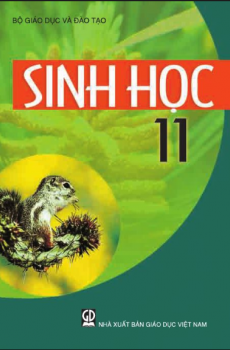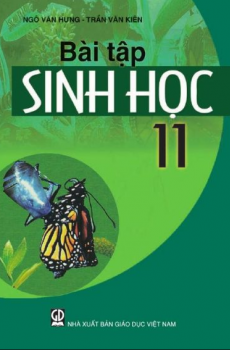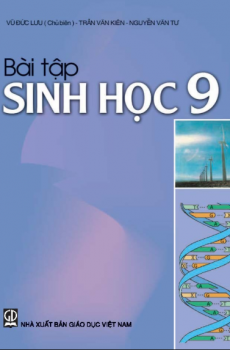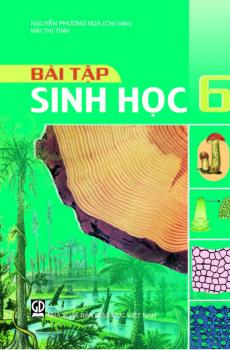Synopsis of Some Genera of the Large Pyrenomycetes Camilla, Thamnomyces, Engleromyces
Synopsis of Some Genera of the Large Pyrenomycetes Camilla, Thamnomyces, Engleromyces
Log in to download this book.
| Publisher | Chưa rõ |
|---|---|
| Accessible book producer | Public domain |
| Published year | 2007 |
| Coppy right | Chưa rõ |
The receipt of a nice specimen of Camillea Cyclops from Rev. Torrend, Brazil, has induced us to work over the similar species in our collection. On our last visit to Europe we photographed the various specimens we found in the museums, but did not study them as to structure. However, they make such characteristic photographs that we believe the known species can be determined from our figures.
We are all familiar with the common Hypoxylons that form little globose, black balls, usually on dead limbs, in our own woods. They have a solid carbonous interior with the perithecia imbedded near the surface. There have been over two hundred alleged Hypoxylons, mostly from the tropics. We have never worked them over, but suspect that a number of them from the tropics, when examined, will be found to be Camilleas. If the specimens were examined, no doubt "prior" specific names would be found for several of this list.1
In the old days all similar carbonous fungi were called Sphaeria. Montagne first received a section of Sphaeria with cylindrical form, from South America. The perithecia were long, cylindrical, and were arranged in a circle or were contiguous, near the summit of the stroma. He proposed to call it Bacillaria, as a section of Sphaeria, but the name being preoccupied, he, at the suggestion of Fries, afterwards named it in honor of himself, Camillea, Montagne's first name being Camille.











